Top Moments
1980s
Reputation Drives Growth
The 1980s was a decade in which Cleveland Clinic’s growing reputation drove expansion of the facility from 17 buildings on 62 acres to 30 buildings on 100 acres. With 9,134 employees, Cleveland Clinic became the city’s largest private employer in 1988. Also notable in the 1980s is the establishment of Cleveland Clinic’s organ transplant programs and its landmark 100,000th cardiac catheterization in March 1984. Cleveland Clinic pioneered healthcare marketing in the 1980s. It was one of the first hospitals to advertise and to issue colored scrubs in Cleveland Clinic blue.

E Bradley Jones succeeds Harry T Marks as President of Cleveland Clinic Foundation in 1981. Mr. Jones also served as President in 1990 and as Chair of the Board of Trustees from 1991-1992.
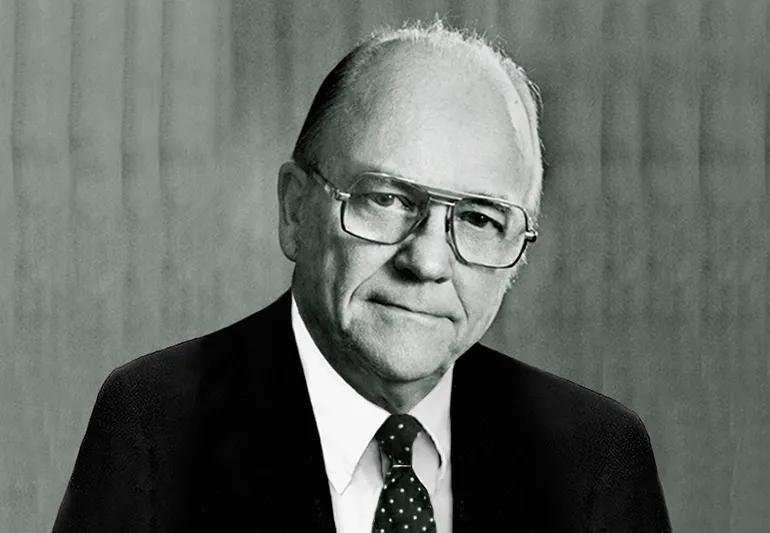
William E MacDonald succeeds E Bradley Jones as President of Cleveland Clinic Foundation in 1983. Mr. MacDonald also served as Chair of the Board of Trustees from 1985-1990.
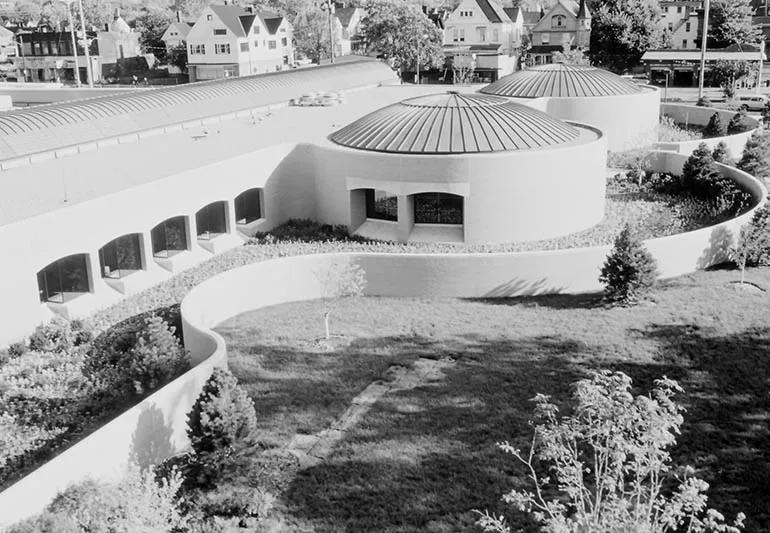
The Meyer Center for Magnetic Resonance Imaging, designed by Cleveland architect Norman Perttula, was the first building ever designed to house MRI machines. Completed in 1983, it was constructed without nails or iron-containing materials and is notable for the creative use of materials, especially wood, in the interiors.
In March 1984, Cleveland Clinic performs its 100,000th cardiac catheterization.
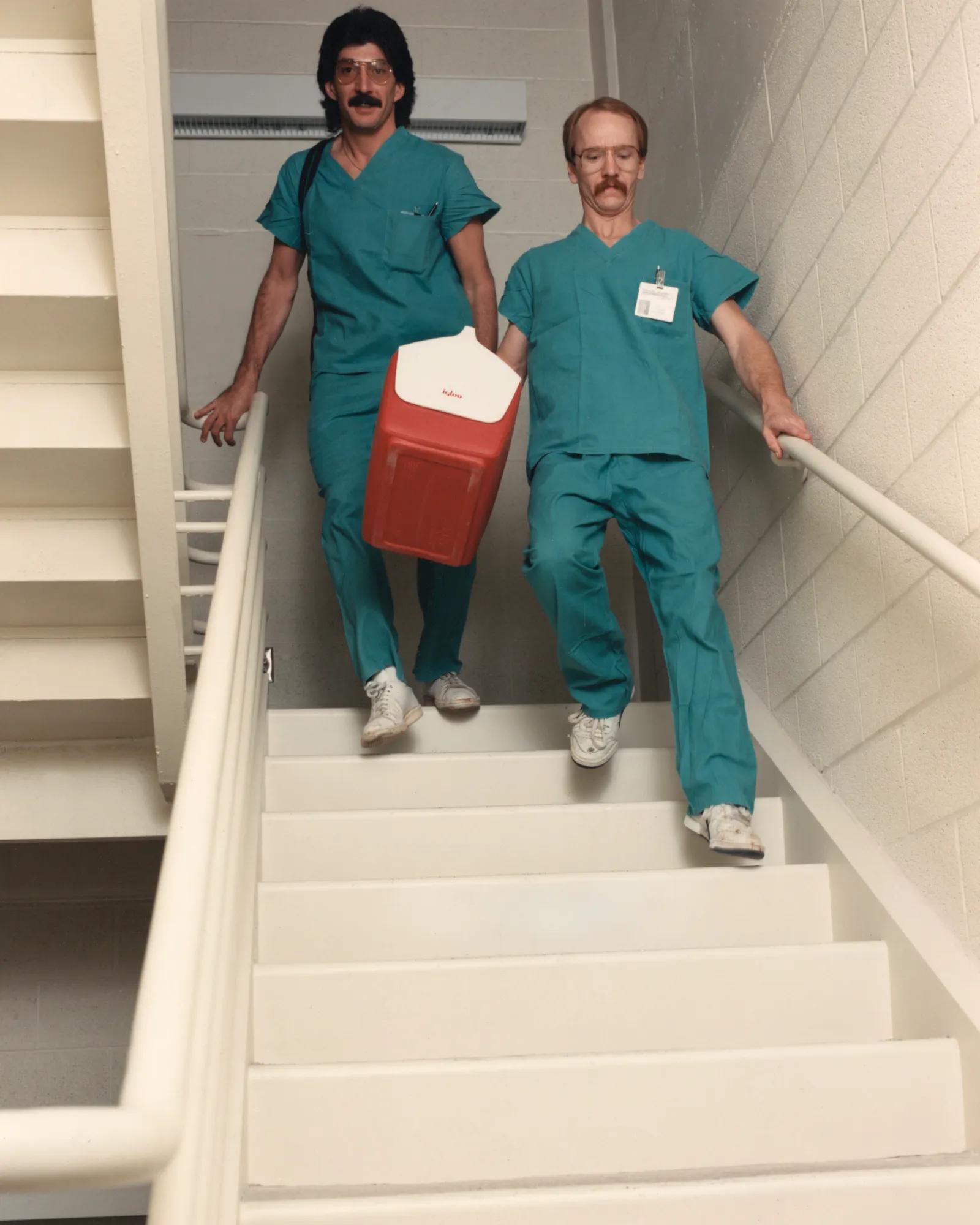
The heart transplant program is established in 1984. In 1998, a record-breaking year for the program, 113 patients were transplanted, including eight pediatric patients.

The Mellen Center for Multiple Sclerosis opens
The Mellen Center for Multiple Sclerosis opens in 1985. One of the largest and most comprehensive programs for MS care and research worldwide, the program now manages more than 8,000 patients, with more than 21,000 total visits each year.

The Crile building opens, consisting of 12 floors containing surgery, laboratories, therapy, occupational and physical therapy, dietary facilities, radiology and support services, as well as physicians' offices, public reception and lobby space.
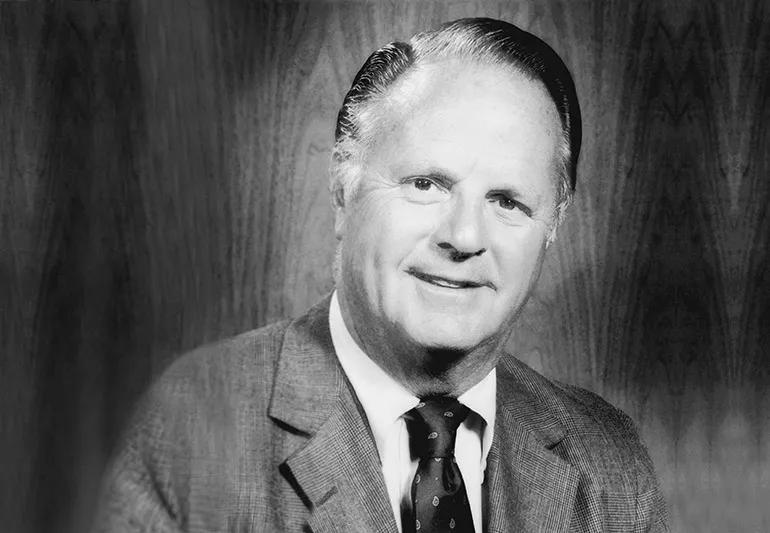
E Mandell DeWindt succeeds William E MacDonald as President of Cleveland Clinic Foundation in 1985.
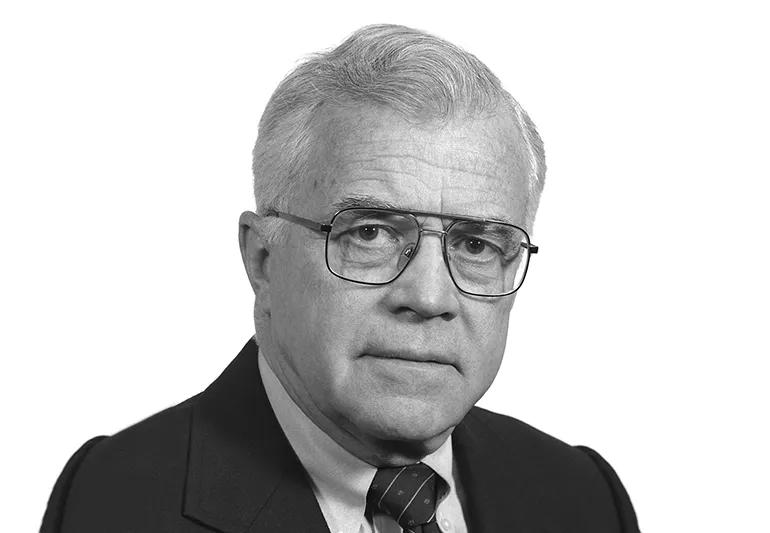
Ralph A Straffon, MD, serves as Chief of Staff from 1987-1999.

In 1987, Declan Walsh, MD, establishes the Palliative Care Program at Cleveland Clinic.

Cleveland Clinic Florida opens
Recognizing the opportunity to expand the integrated, academic group practice-based delivery system beyond Cleveland, Cleveland Clinic Florida opens in Cypress Creek in 1988.
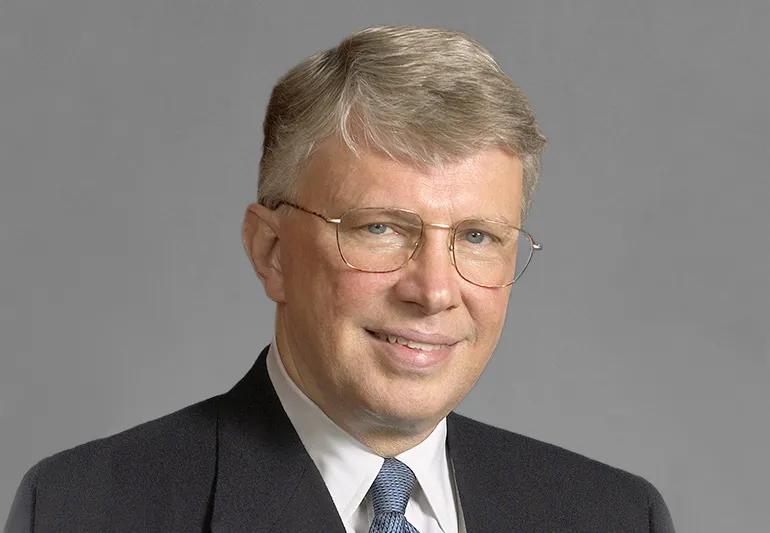
Floyd D Loop, MD, succeeds William S Kiser, MD, as Chair of the Board of Governors in 1989.
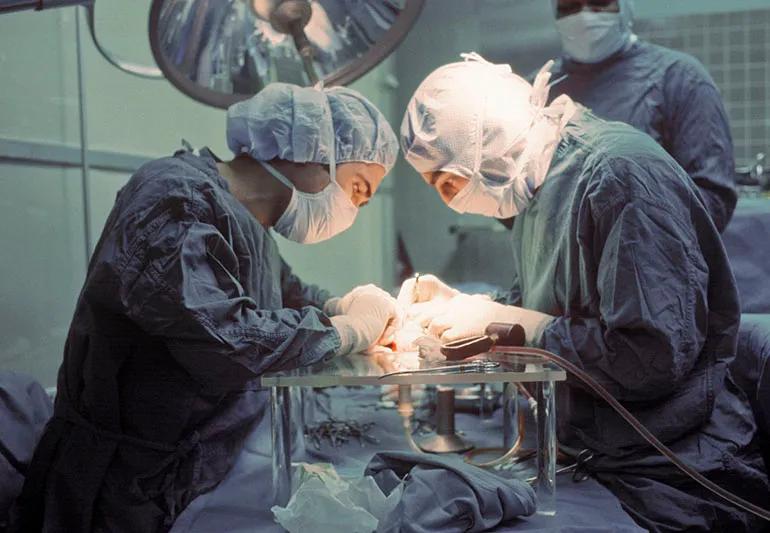
Advances in the treatment of kidney disease
In the 1980s, Andrew Novick, MD, refined techniques of extracorporeal kidney surgery. He was first to discover that a leading cause of kidney failure in older patients was atherosclerotic renal artery disease, a condition he treated. He also pioneered the partial nephrectomy to prevent kidney failure. Dr. Novick was Chairman of the Glickman Urological & Kidney Institute and one of the world's most renowned urological surgeons before his death from cancer in 2008.

Gene Barnett, MD, and Joseph Hahn, MD, develop a brain-mapping technique for epilepsy surgery.